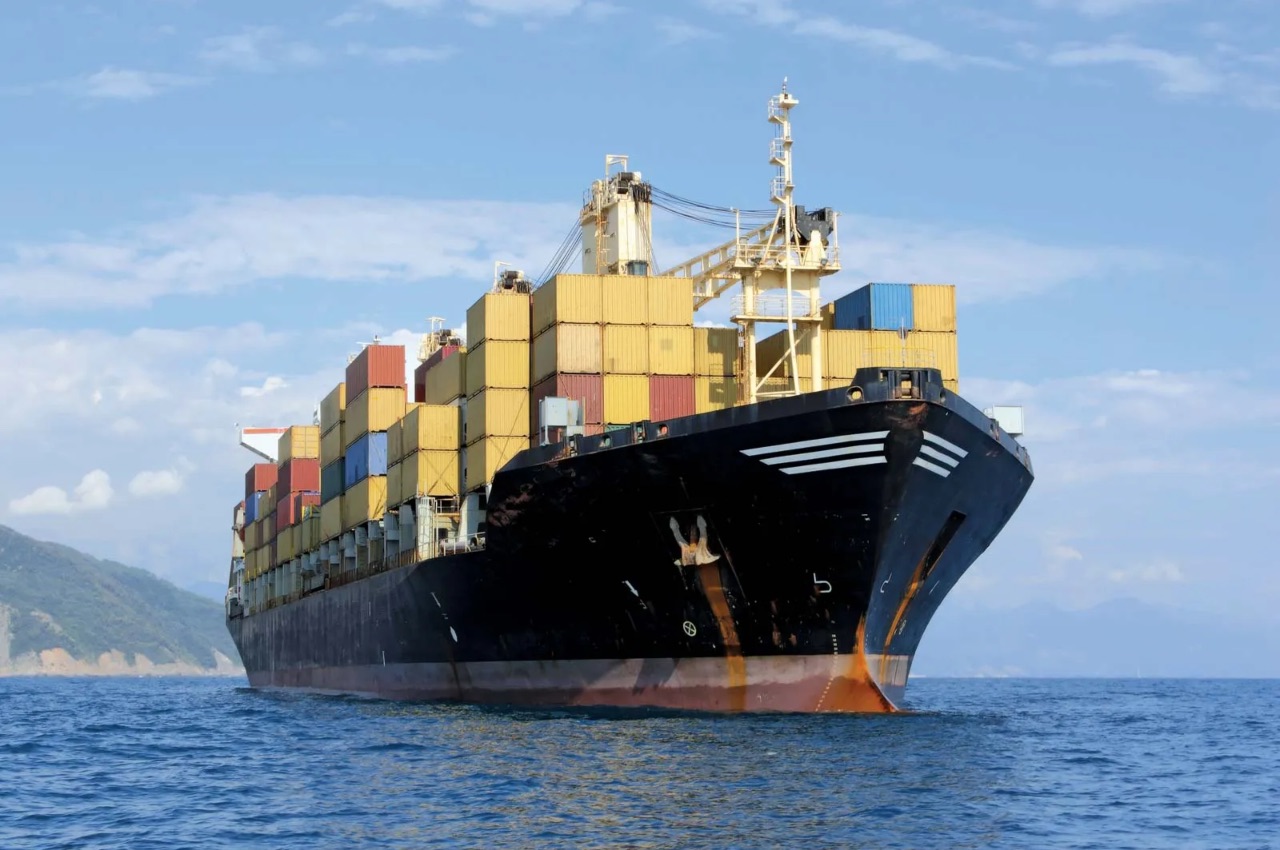New Delhi: The trade deficit in India reached a new high of $30 billion in July, as exports rose at a far slower rate than imports, according to figures provided by the commerce and industry ministry on Friday.
Merchandise exports fell to a five-month low of $36.27 billion in July, but increased by 2.14 per cent year on year (YoY). According to the preliminary figures made public on August 2, exports decreased by 0.76 per cent in July to $35.24 billion, resulting in a larger trade deficit of $31 billion.
The increase in purchases of coal, electrical items, and petroleum products has been the key driver of import growth. Gold’s price fell 43.6% to $2.37 billion among major imports after the Center increased the import tax on the metal last month. However, because of a resurgence in domestic economic activity and increased pricing pressure, imports of goods other than oil, diamonds, and jewellery increased by 42.91 per cent.
Regarding shipments abroad, some of the major forces behind India’s export development slowed down. As a result of the weak demand from Western countries, engineering items had a 2.08 per cent decline, gems and jewellery 5.20 per cent, medicines 1.05 per cent, ready-to-wear 0.60 per cent, and cotton yarn 28.17 per cent. Some things, nevertheless, still showed progress. Chemicals expanded by 8.03 per cent, electronics by 46.0.9 per cent, rice by 30.88 per cent, and petroleum products by 9.18%.
A Sakthivel, head of the Federation of Indian Export Organizations, claimed that because global stocks were so large, exports were likely to slow down.
“Merchandise exports are facing the triple whammy – there is again a shift in consumption from goods to services with the opening up of economies after the Covid-19 pandemic; the inflation affecting all economies by reducing the purchasing power; and many economies entering the recession while some advanced ones already in recession,” Sakthivel said.
Additionally, he continued, the normalisation of Covid disruptions has contributed to the accumulation of inventory because commodities that previously took 150 days to reach the West Coast of the United States now do so in only 60 days.
India increased its exports by 20.13 per cent between April and July, totalling $157.44 billion.
Mahesh Desai, chairman of India’s Engineering Export Promotion Council (EEPC), claimed that the decline in engineering goods exports in July was due to sluggish demand from India’s main markets.
“The recession fears in the West have added to the uncertainties. While geopolitical risks remain elevated and pose downside risks to growth, the recent softening in commodity prices has come as a relief,” Desai said.
India should be “worried,” according to Commerce Secretary B V R Subhramanyam, earlier this month, despite the fact that trade agreements with the United Arab Emirates and Australia will allow India to offset the loss from these two regions. The US and Europe are two of India’s largest export markets.










